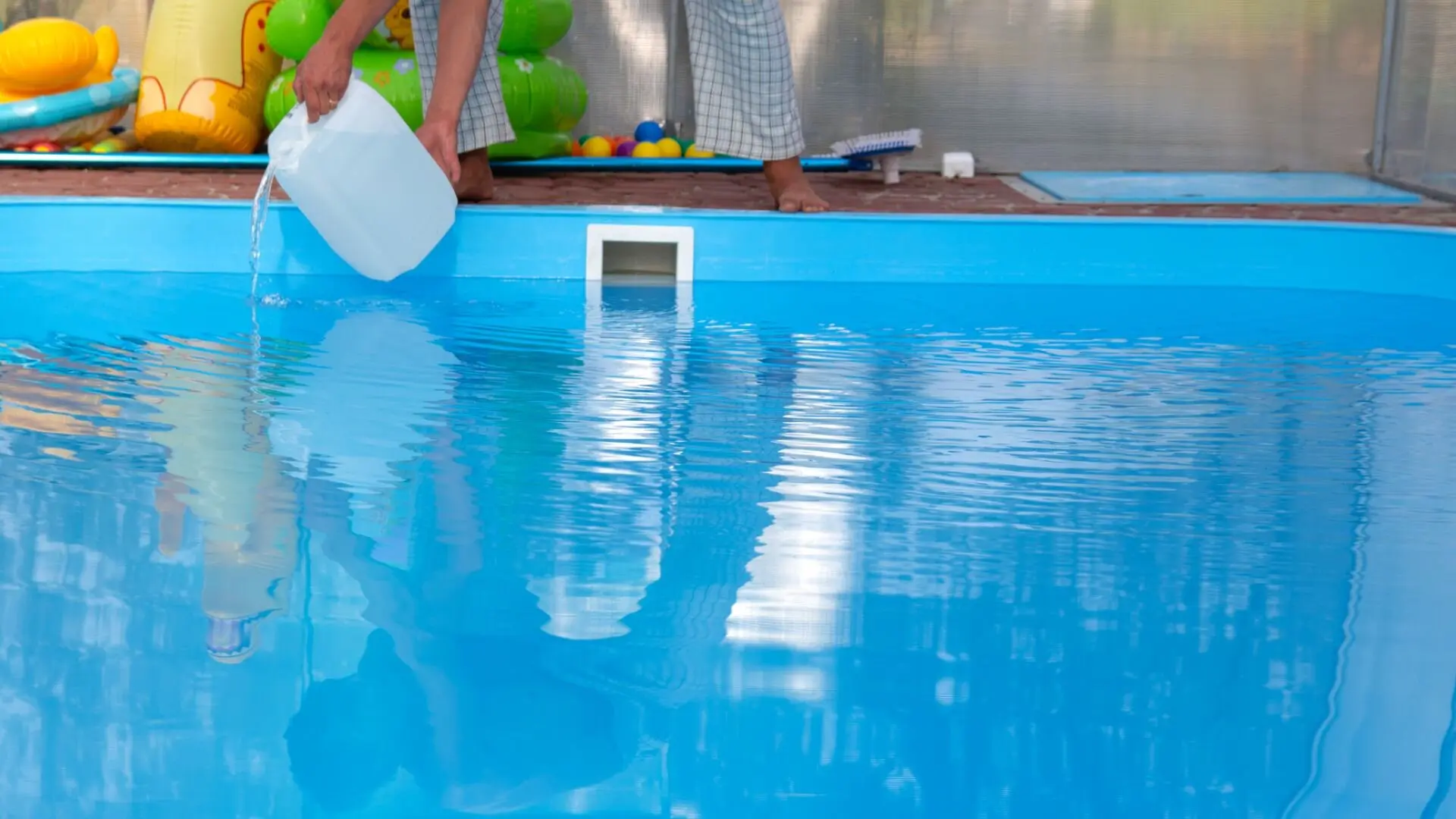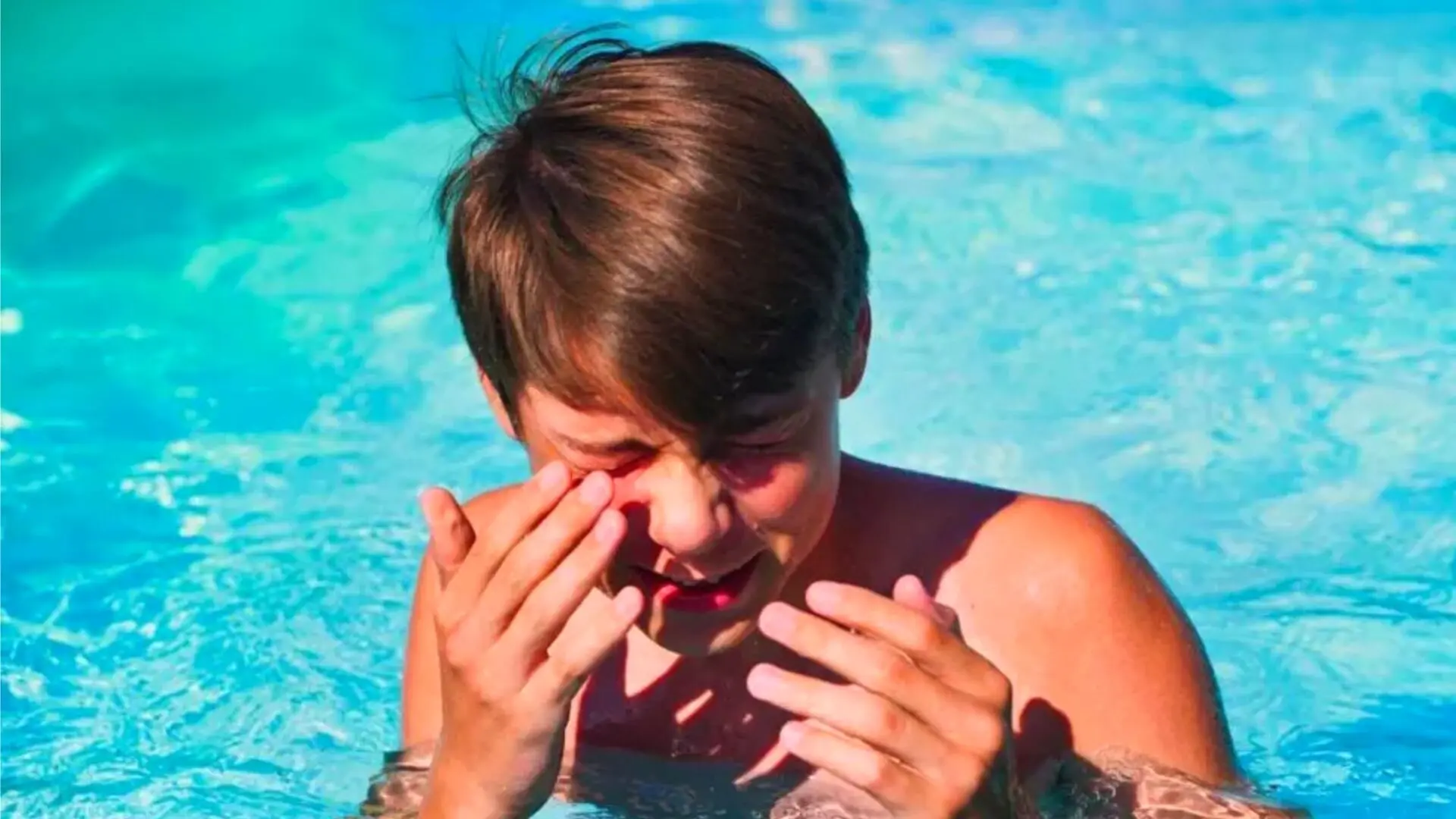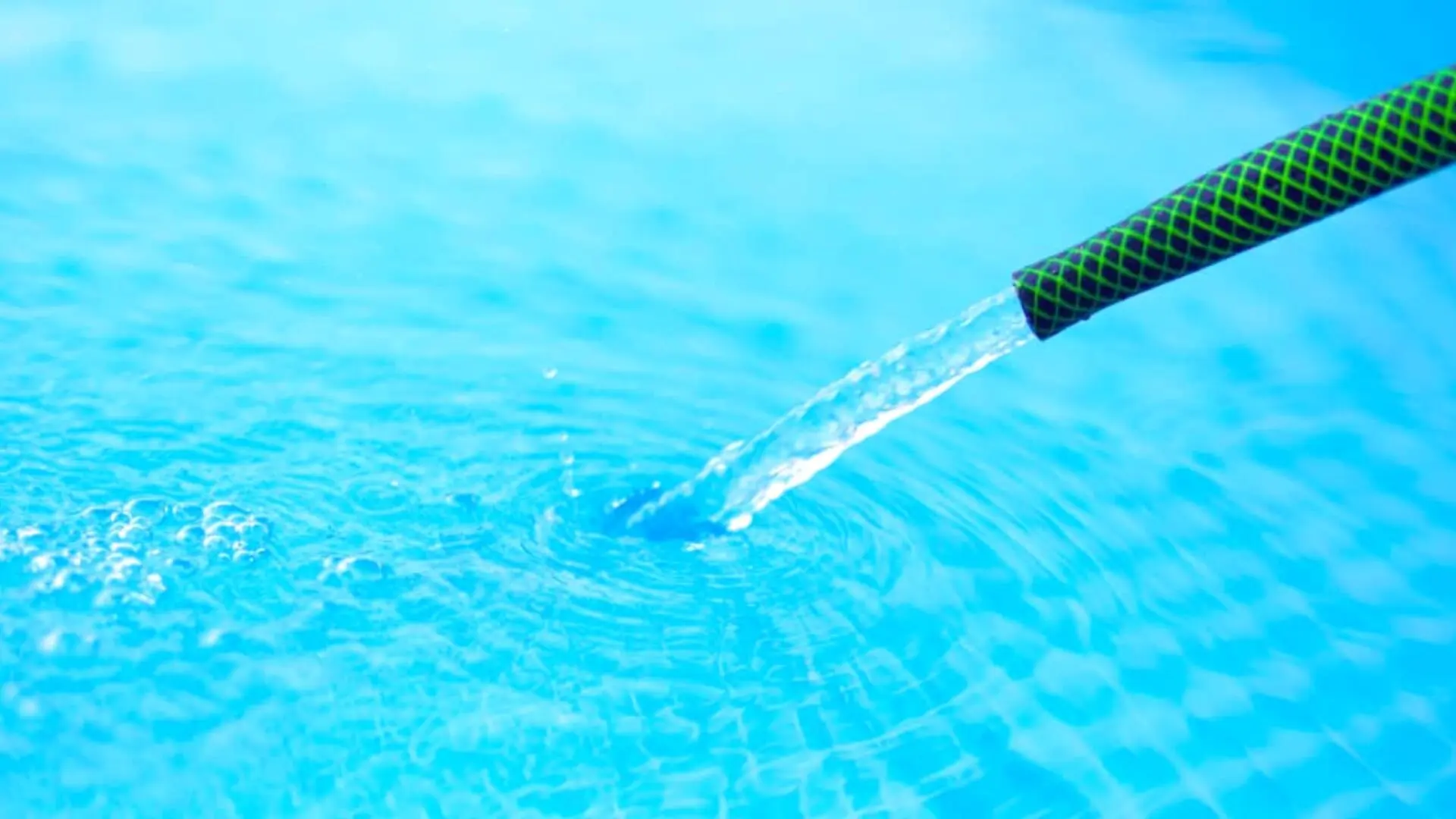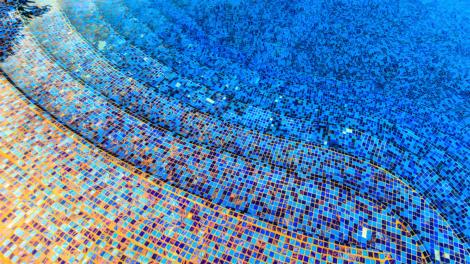Zooper Doopers, ice tea, pool parties and Christmas– yes! Summer is around the corner in Australia.
While some may head south to escape the heat, others consider summer a perfect time to explore the northern areas. If you fall into neither of the two categories, we assume you plan to spend the summer break lounging in the swimming pool. After all, nothing is more relaxing than jumping into your private pool on hot summer evenings.
Before you throw a pool party, hold on a minute—you need to shock the pool to remove pathogens from the water and make it safe for swimming. Since shocking requires using heavy-duty chemicals, jumping into the pool right after isn’t a good idea. Otherwise, you may experience eye, skin, and lung problems.
So, how long should you wait before taking a dip in your swimming pool after shocking it? Keep reading to find out.
What Does “Shocking” A Pool Mean?

There’s no denying that owning a swimming pool requires maintenance. Shocking your pool regularly is undoubtedly the best way to keep the pool water free from contaminants.
To dive deeper, swimming pools may contain chloramines, algae, leaves, cosmetics, urine, sweat, and numerous other contaminants. Over time, these lessen the disinfection power of free chlorine levels, which causes red eyes due to stinging and irritates the respiratory system and mucosal membranes.
The dangers of a dirty pool are aplenty, so shocking it every one to two weeks is essential. It would be best to raise your pool’s liquid chlorine levels by adding chemicals two to five times the usual amount.
Excessive chlorine benefits a pool by eliminating chloramines, reducing stress on sanitisation and filtration.
When To Swim After Shocking Your Pool
As you already know, heavy-duty chemicals are used to shock swimming pools, so jumping into the pool right away isn’t safe. Ideally, you must wait for at least 24 hours before diving into the pool after it has been shocked.
That’s because chlorine-based pool shock isn’t as gentle as other pool chemicals; it’s potent and takes slightly longer to work. Chlorine shocks such as dichlor or cal-hypo shock raise the water’s chlorine levels above 10 PPM soon after adding it to the pool.
No doubt, such high chlorine pool concentration levels eliminate chloramines, algae and other contaminants from the pool. But even then, you must not swim in the pool water because such high chlorine levels harm human health.

On the advice of some manufacturers, you may be tempted to use the pool after about 8 hours of shocking it. However, it’s best to refrain from using the pool for 24 hours because even the slightest negligence can lead to severe health issues.
You must also check the water’s pH and chlorine levels to ensure safety. The pH should be between 7.2 and 7.8, while the chlorine level must be between 1.0 and 4.0 PPM.
Factors That Determine How Long You Should Wait To Swim After Shocking Your Pool

1. Shock Type Used
In most cases, calcium hypochlorite (cal-hypo) and sodium hypochlorite are used for shocking pools. The former is granular chlorine, and the latter is liquid. As these are potent oxidising agents, it’s best not to enter the pool until the levels drop to 5 PPM.
2. Amount of Shock Used
The amount of shock you use depends on various factors, such as the size of the pool and the number of contaminants present. If you use a heavier dosage of pool shock, the waiting time shall be longer than expected. However, sunlight can sometimes reduce chlorine levels, so you may be able to enter the pool sooner than you think.
3. Manufacturer’s Instructions
How long you should stay away from entering your swimming pool depends on the manufacturer’s instructions and which chlorine you’ve used for shocking. Some brands use potent components in their shocker, while others may use milder ones.
4. Combined Chlorine
Combined chlorine, or chloramines, is a byproduct of chlorination and can irritate the skin and eyes. It’s essential to wait until the combined chlorine levels have dropped to an acceptable level before swimming.
5. Pool Maintenance
Proper pool maintenance, including regular shocks, is important for water quality and safety. Following the manufacturer’s instructions and considering the factors mentioned can help ensure a safe and enjoyable swimming experience.
How long you should stay away from entering your swimming pool also depends upon the manufacturer’s instructions, which chlorine you’ve used for shocking. Some brands use potent components in their shocker, while others may use milder ones.
If your pool shock contains powerful components, you’ll have to wait longer than those packed with less potent elements. So, read the manufacturer’s instructions before entering the pool.
Hold Off Swimming For Your Safety!
Shocking your pool is essential to ensure the safety of your friends and family who use it regularly.
As pool shocks contain a high chlorine level, it’s best to wait at least 24 hours after using them. High chlorine concentration can lead to various health issues, so it’s better to be safe than sorry.
On that note, we’ve reached the end of today’s guide. Don’t forget to check the pH levels after using a pool shock for your safety.
And then, enjoy yourself!
Please do not hesitate to contact us for further information or professional assistance with your pool. At The Pool Co, we have expert Sydney pool builders ready to help.



